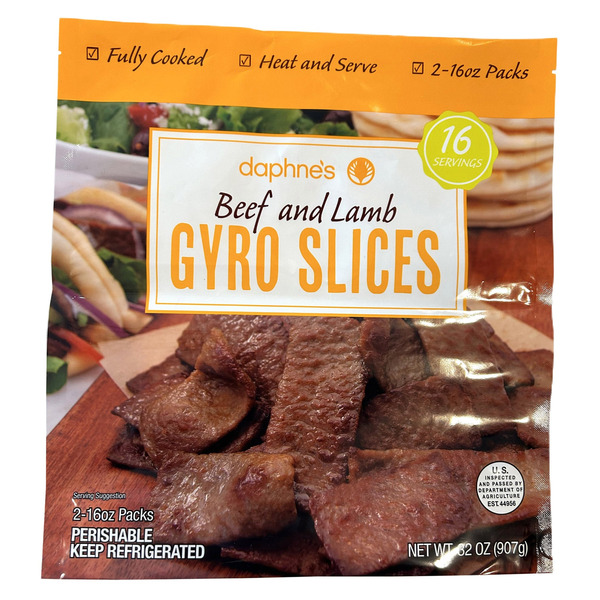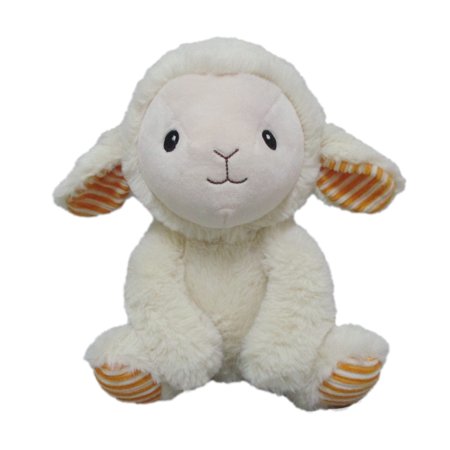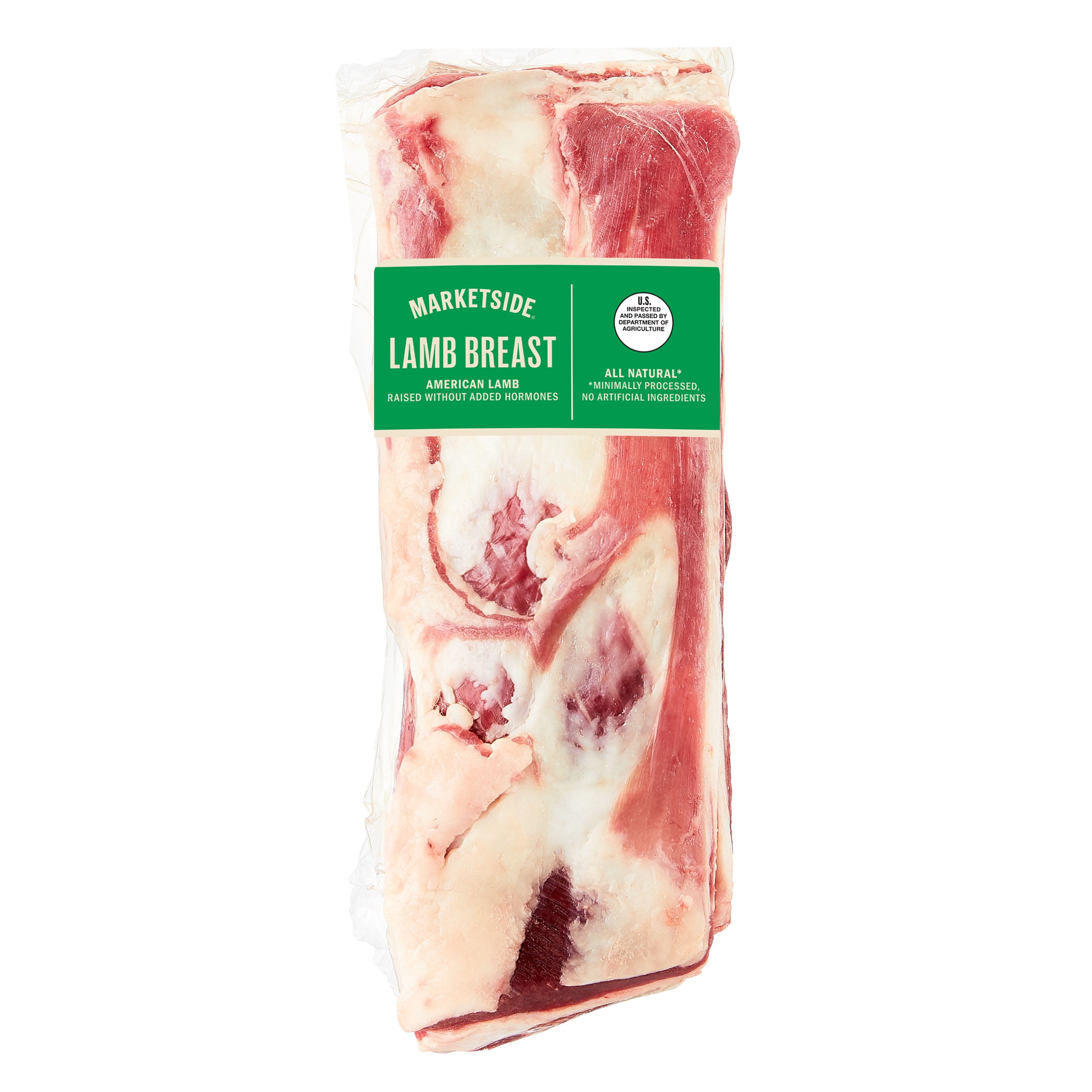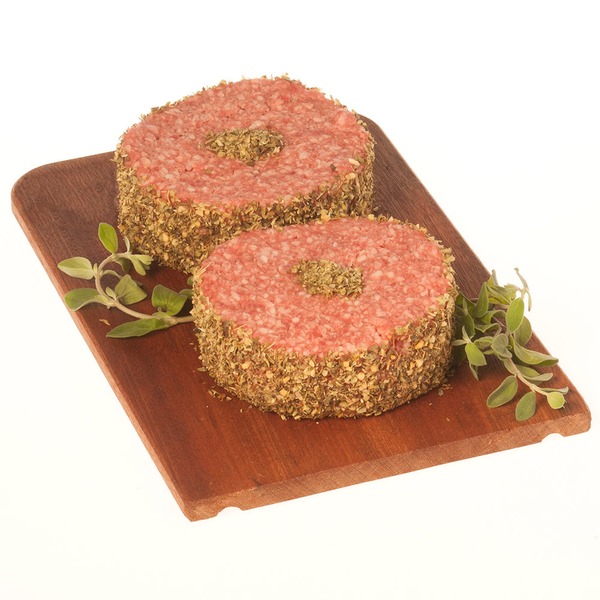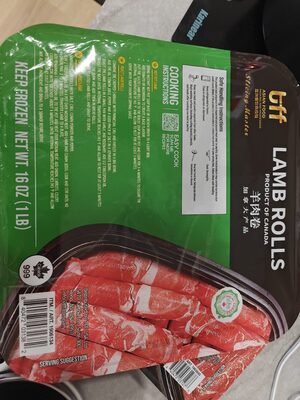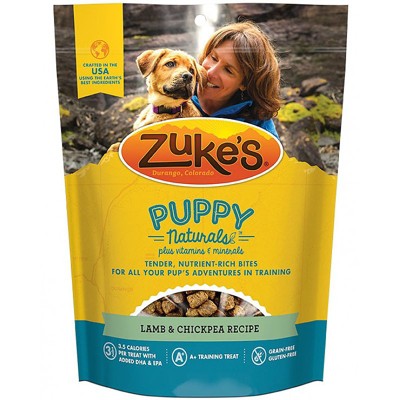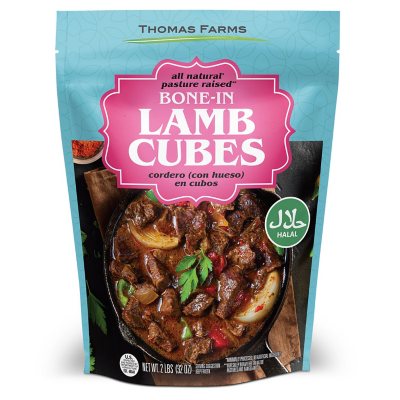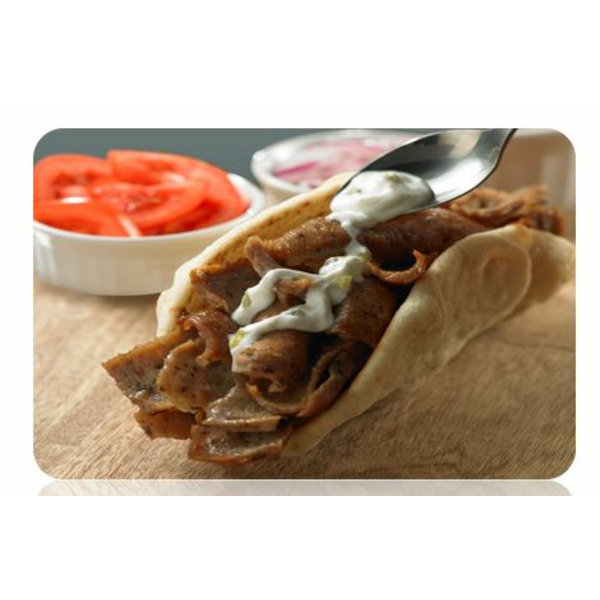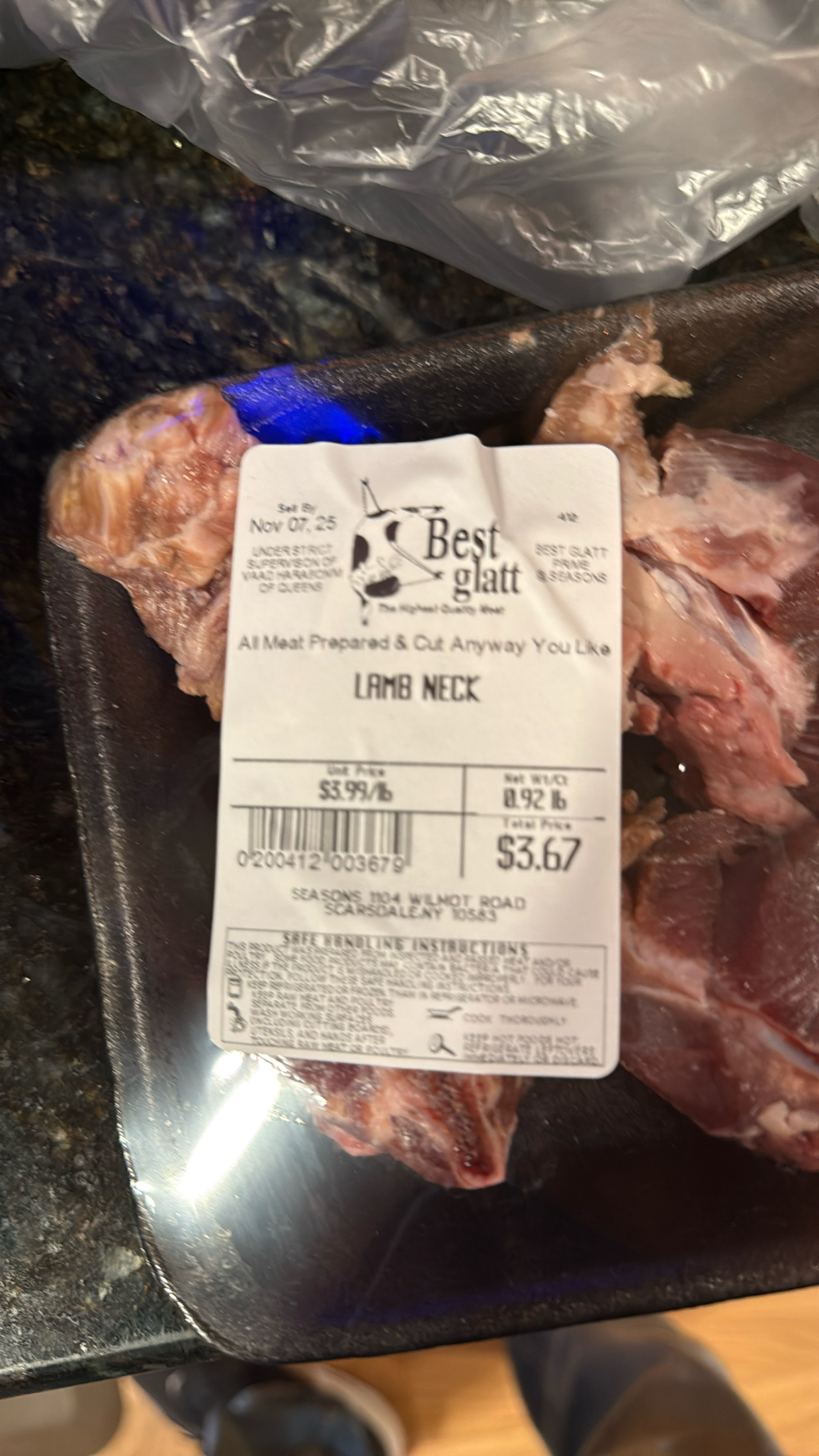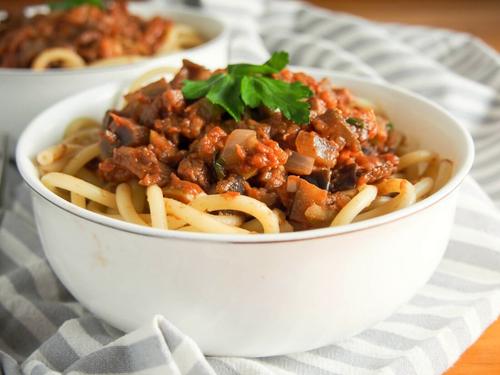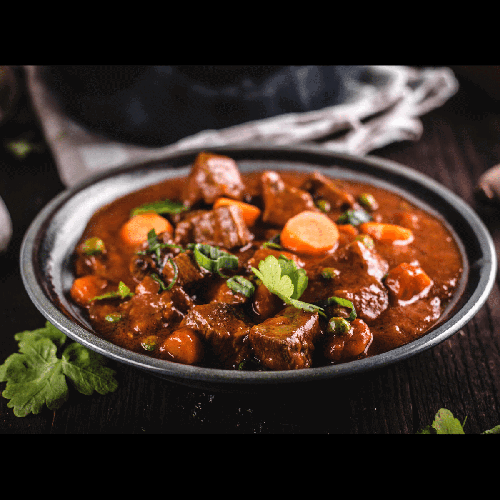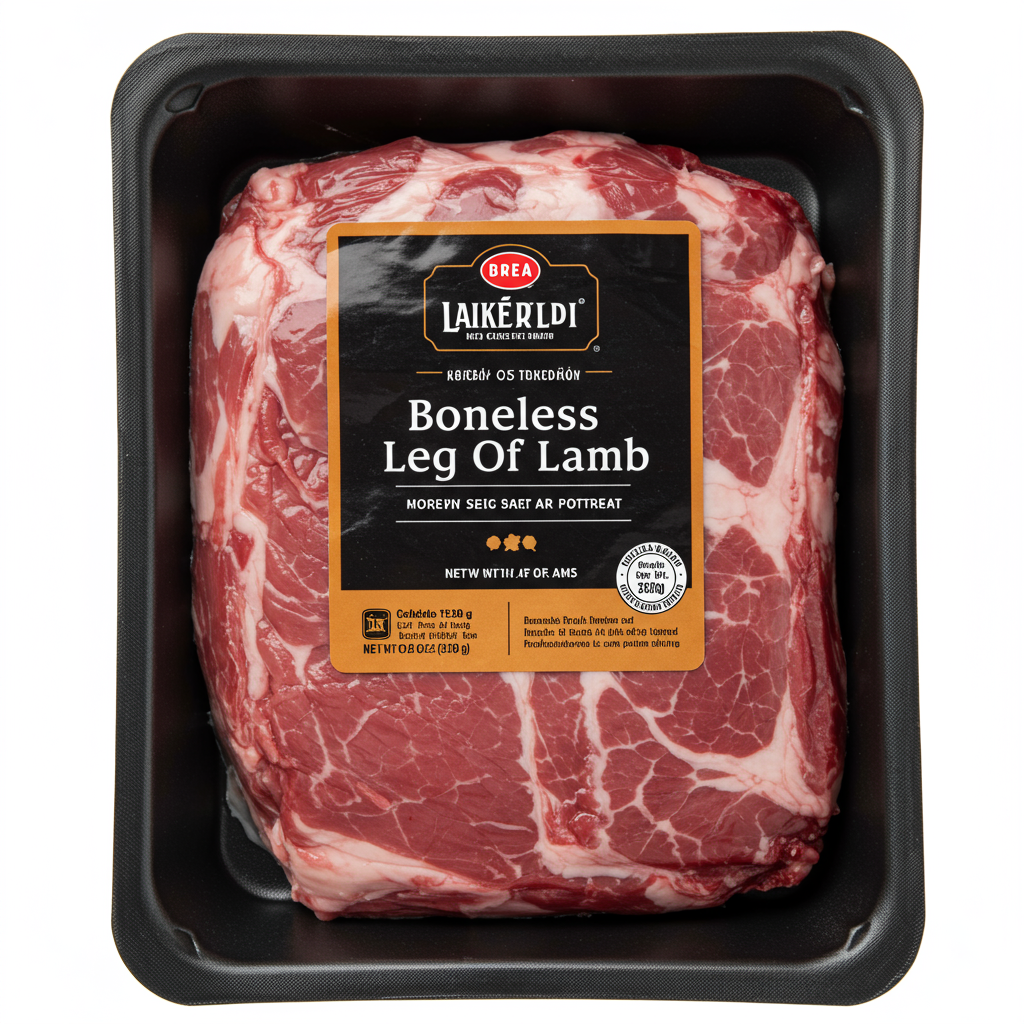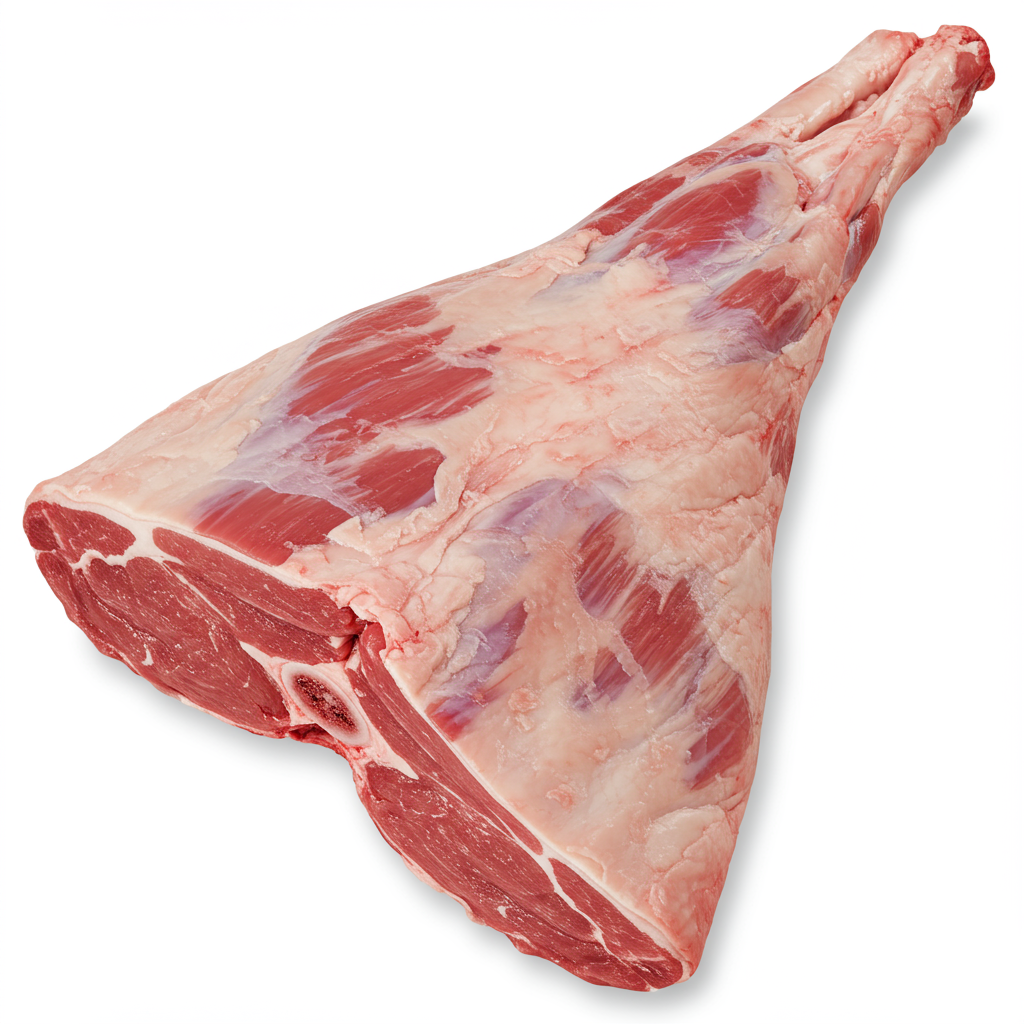MAIN DISHES
SIDE DISHES
SOUPS
Lamb
Lamb refers to the meat derived from young sheep, typically less than one year old, and is known for its tender and delicate flavor profile. While it is the primary protein consumed in various cultures across the Mediterranean, the Middle East, and parts of Asia, it plays a smaller role in Western cuisine. In addition to its distinctive taste, lamb also offers several nutritional benefits, as it is a rich source of proteins, vitamins, and minerals such as iron, zinc, and B vitamins.
Lamb lends itself to a wide variety of cooking methods, such as grilling, roasting, and slow cooking, each of which can highlight different aspects of its unique flavor. The meat is often paired with robust herbs like rosemary, thyme, and mint, which further enhance its natural characteristics. As a versatile ingredient, home cooks can find a multitude of recipes that showcase the meat, from juicy lamb chops and delicious stews, to succulent roasts and delightful sausages.
0%
CARBS
59%
FAT
41%
PROTEIN
721 Lamb Products
Daphne's Beef and Lamb Gyro Slices
Spark Create Imagine Lamb Plush Toy
Marketside Split Lamb Breast, 2.2
PCC Garlic Herb Seasoned Lamb Burgers
Opaa! Readycarved Beef and Lamb Gyro Carved Slices
tff Sliced Lamb Rolls
ZUKE'S PUPPY NATURALS LAMB CHICKPEA 5 OZ
Thomas Farms Australian Bone In Lamb Cubes, Frozen
Kronos KronoBROIL Sliced Beef Lamb CKD Gyro Meat
Lamb Neck
Used In 5 Recipes
Lamb Is Frequently Used With
Lamb FAQ
Cooking with lamb can be a rewarding experience, given its tender texture and delectable taste. The most common questions revolve around the appropriate cooking techniques, suitable pairings, and best cuts of lamb to use. Common cooking mistakes with lamb include overcooking it, which can cause the meat to turn tough and lose its coveted tenderness, as well as under-seasoning, which prevents the unique flavors from shining through.
To get the most out of lamb, consider both the cut of meat and the cooking method. For instance, cuts with a lot of connective tissue, like the shoulder, are best cooked low and slow to allow the collagen to break down, resulting in a juicy, tender dish. Meanwhile, lean cuts like the loin are suited for faster cooking methods like grilling or roasting.
A little-known trick is to marinate lamb in yogurt-based marinades. The acidity in the yogurt helps to tenderize the meat while lending it a good dose of flavor. Another tip is to let lamb rest after cooking before slicing into it. This allows the juices to redistribute throughout the meat, leading to a more moist and flavorful bite.
Lamb also pairs well with a wide range of spices such as cumin, coriander, and saffron, as well as with fruits like apricot and pomegranate, both of which can balance the richness of the meat with their sweet-tart flavors.
How do you cook tender lamb?
Why is my lamb tough?
What herbs go well with lamb?
Should I marinate lamb?
How long should I cook lamb?
Can I cook lamb in a slow-cooker?
What wines pair well with lamb?
How do I spice up lamb?
Can I grill lamb?
Should I roast lamb covered or uncovered?
Expiration & Storage Tips
When does lamb expire?
Unopened lamb meat, if kept refrigerated, can last for about 3-5 days past the sell-by date. If it's frozen, it can last up to a year. Once the lamb has been cooked, it is safe to eat within 3-4 days if kept refrigerated, or up to 2-3 months if frozen.
How do you tell if lamb is bad?
Lamb meat that has gone bad will have a strong off-odor that doesn't go away even after washing the meat. It may also develop a slimy or sticky surface and change color, often darkening or turning green, gray, or brown. If you notice any of these signs, it's best to err on the side of caution and discard the lamb, as consuming spoiled meat can lead to food poisoning.
Tips for storing lamb to extend shelf life
• Always store lamb in the refrigerator or freezer, depending on how soon you plan to use it.
• If you're storing lamb in the refrigerator, keep it in the coldest part, usually at the back, away from other foods that could cause cross-contamination.
• For longer-term storage, freezing is the best option. Wrap the lamb tightly in airtight packs/containers or freezer bags to prevent freezer burn.
• If you've cooked the lamb but couldn't finish it, store the leftover in airtight containers in the fridge. It's more efficient to divide the leftovers into individual portions for easier thawing and reheating.
• To defrost frozen lamb, transfer it to the fridge and allow it to thaw slowly. This method prevents the growth of bacteria that can occur at room temperature. Remember to cook it within 24 hours after defrosting.
EXPIRES WITHIN
6 - 21
DAYS
Substitutes

Lamb Chop

Lamb Shank

Lamb Shoulder

Leg Of Lamb

Rack Of Lamb

Lamb Loin Chop

Lamb Rib Chop
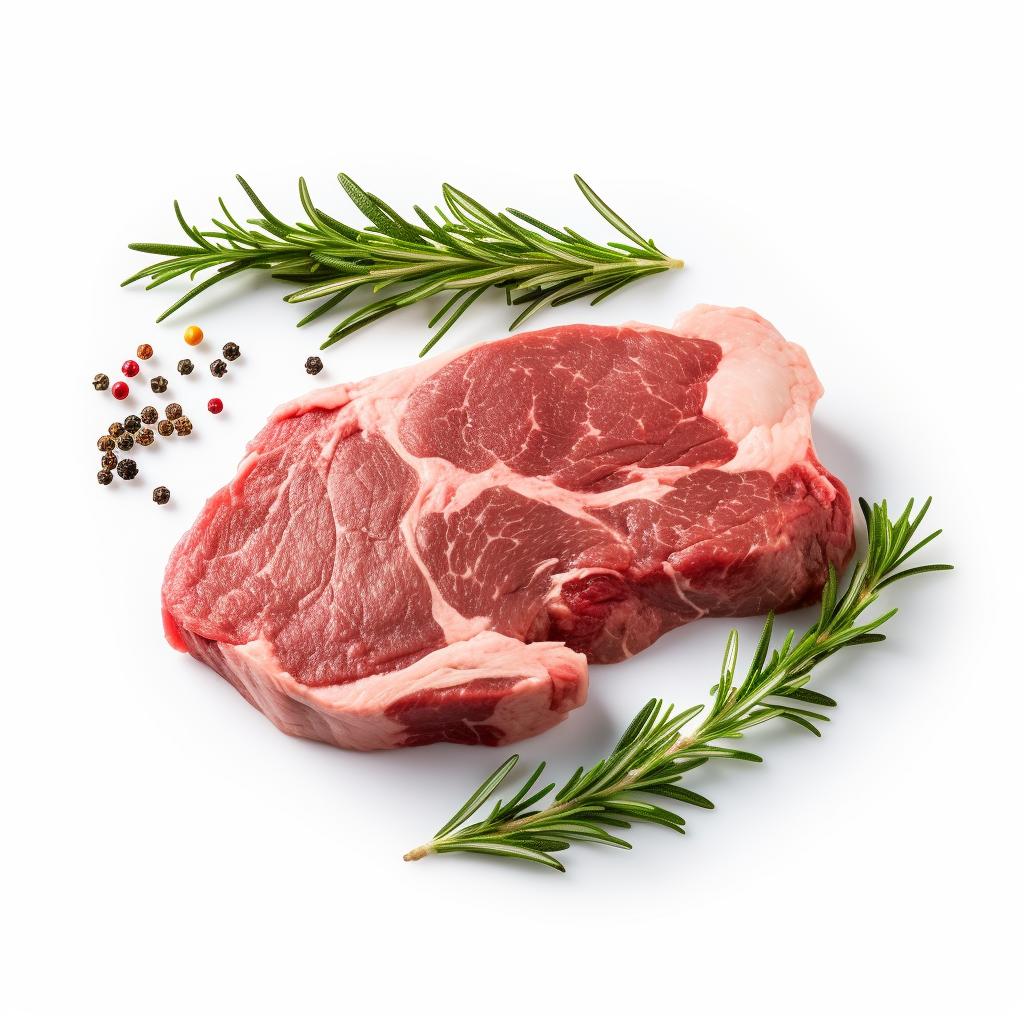
Lamb Leg Steak

Lamb Shoulder Chop
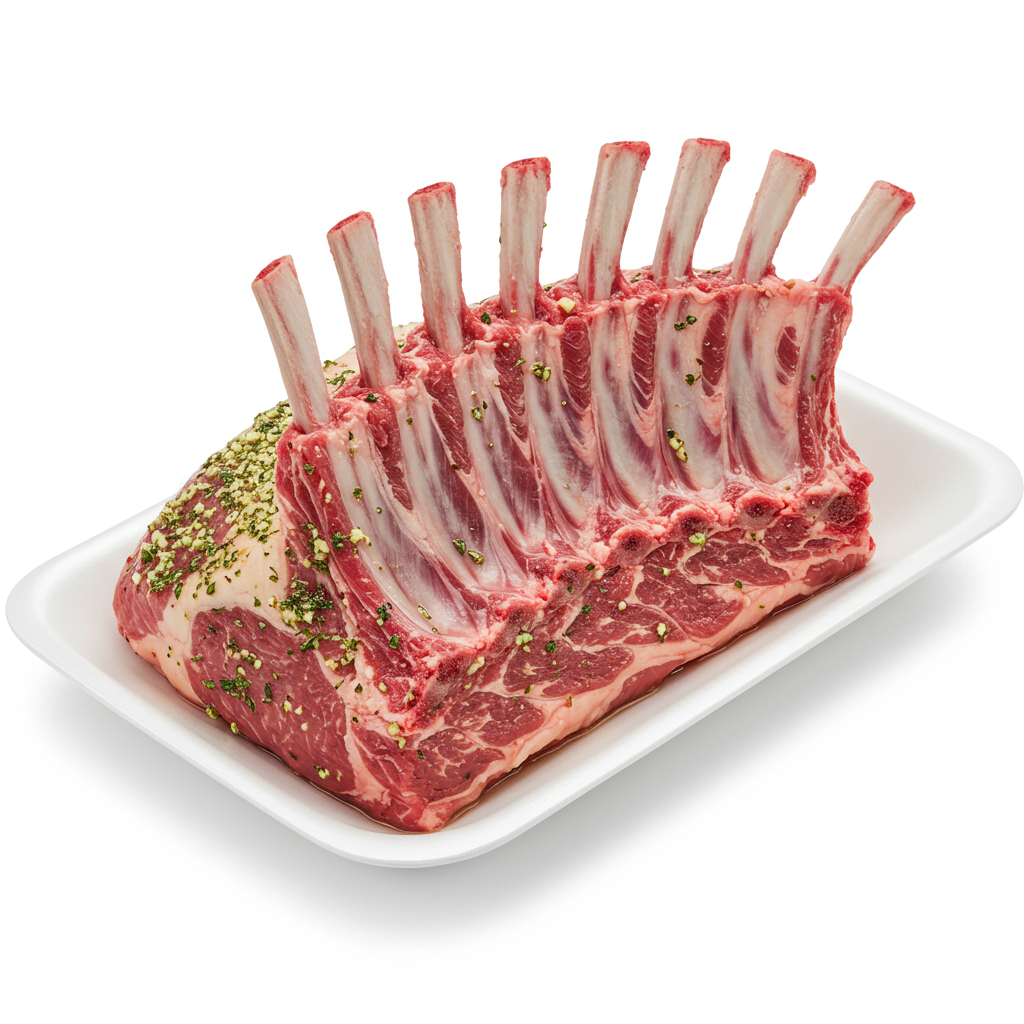
Herb Marinated Rack Of Lamb
See All
Health Info
Macros
0g
CARBS
19g
FAT
14g
PROTEIN
Allowed on these diets
LOW FAT
HIGH CALCIUM
KETO
PALEO
WHOLE 30
MEDITERRANEAN
LOW CARB
LACTOSE FREE
GLUTEN FREE

